Food is not love, but many pet owners express their feelings for their pet by providing excess food and treats. This habit has resulted in more than half of pets in the United States being overweight or obese. Our American Animal Hospital Association-accredited team at Lebanon Animal Hospital wants to help mitigate this problem, by providing tips to help you manage your pet’s weight.
#1: Be informed about how obesity affects pets
Overweight and obese pets have a shorter life expectancy, and a poorer quality of life than pets who are kept at an ideal weight. They are also at higher risk for developing serious health issues, including:
- Diabetes mellitus (type II) — Fewer functional insulin receptors are found on an obese pet’s fat and muscle cells, decreasing their ability to use glucose. This condition damages multiple organs, including the kidneys, heart, blood vessels, eyes, and nervous system.
- Heart disease — Excess fat forces a pet’s heart to beat harder to circulate blood throughout the body. This can cause the heart muscle to thicken, leading to heart disease.
- Cancer — Excess fat tissue produces inflammatory proteins, causing chronic inflammation throughout the pet’s body, and putting overweight pets at higher risk for cancer.
- Arthritis — The additional weight strains an overweight pet’s joints, causing the cartilage to break down. The chronic inflammation produced by the fat cells also contributes to this issue.
#2: Take your pet for a veterinary evaluation
Our veterinary professionals will weigh your pet and assess their weight status. If they are overweight, we will need to rule out certain conditions that could be contributing to their weight gain, including:
- Hypothyroidism — This condition occurs when the thyroid gland does not secrete enough thyroid hormones, causing your pet’s metabolism to slow. In addition to weight gain, signs include lethargy, mental dullness, hair loss or thinning, and skin thickening.
- Cushing’s disease — Also known as hyperadrenocorticism, this condition occurs when the endocrine system overproduces cortisol. In addition to weight gain, signs include increased thirst and urination, recurrent infections, lethargy, and thinning skin.
#3: Monitor your pet’s weight
Many pet owners don’t think their pet is overweight. They could be misguided because their pet’s hair coat is fluffy, or they may be distracted by their pet’s cute face. Determining your pet’s weight status objectively will help you better manage their weight. A body condition scoring (BCS) system can help you monitor your pet’s weight status. A BCS assigns your pet a number based on fat evaluation at a few key locations on their body. Criteria include:
- How easily the ribs can be felt
- If your pet’s waist can be appreciated
- How much excess fat is beneath the skin
- How much muscle mass is present
#4: Calculate your pet’s energy requirements
Your pet’s food bag has a product feeding guide to help determine how much food they should eat, but this should serve only as a starting point. Your pet’s age, neuter status, breed, and lifestyle must also be considered. Calorie calculators are available, to help determine your pet’s specific energy requirements.
#5: Weigh your pet’s food
Do not rely on your eyeball estimation to determine how much food to give your pet. Instead, weigh your pet’s food portion using a kitchen scale. Once you have found the right amount, you can use measuring cups to accurately measure your pet’s food.
#6: Use a food puzzle toy to feed your pet
Put your pet’s meal in a food puzzle toy, and make them work to satisfy their hunger. This technique will make mealtimes more entertaining for your pet, and will also prevent them from bolting down their food.
#7: Feed your pet a high protein diet
Most pet foods are much higher in carbohydrates, containing 60 percent or more. High protein diets are typically recommended for pets needing to lose weight, and a balanced diet is preferable for pets needing to maintain their weight. Never change your pet’s diet without first consulting a veterinary professional.
#8: Get your pet moving

Exercise is an important aspect of any weight management program. If your pet is a couch potato, you will need to gradually incorporate physical activity into their routine. Walking, swimming, and playing fetch are great ways to give your dog a good workout, and laser pointers and wand toys are good options for cats. Any way you can get your pet up and moving will help them get in shape, and help keep the weight off. Aim for about 15 to 20 minutes of exercise twice per day.
#9: Be conservative when treating your pet
Treats are useful to praise your pet, entice them to behave, and to slip them medication, but treats should account for 10 percent or less of your pet’s total calorie intake. Choose healthier options, such as vegetables and fruits, to keep the calorie count at a minimum. Also, ensure you adjust your pet’s meals accordingly, so you don’t overfeed them.
Your pet will have a better chance to live a long, happy life if they remain at an ideal weight. If you would like your pet’s weight assessed, contact our team at Lebanon Animal Hospital, and schedule an appointment.



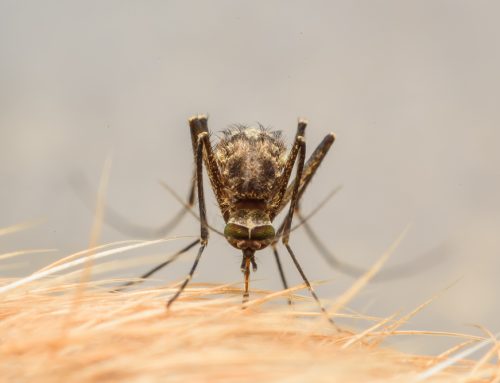
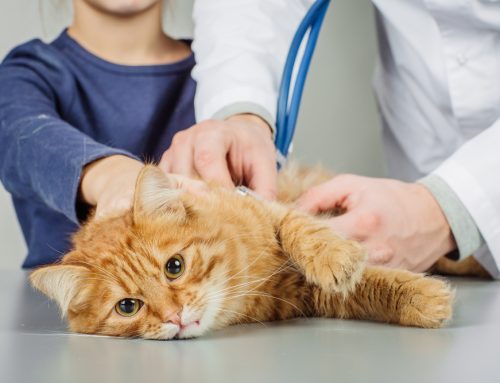
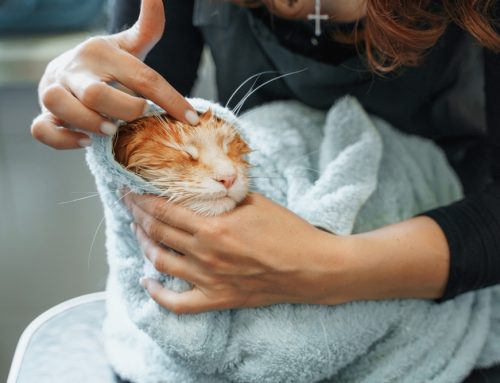
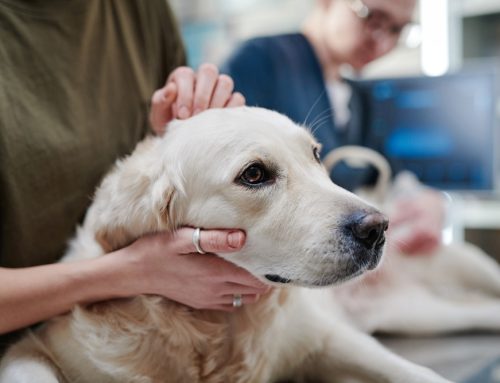
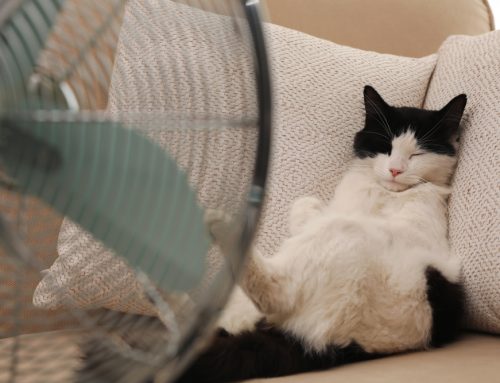
Leave A Comment